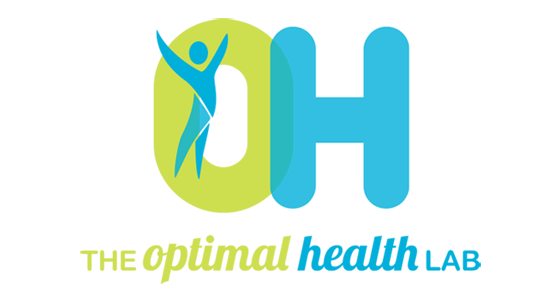July 01, 2021
For a lot of people the first thing that comes to mind when you think of a stiff joint or muscle will be stretching. Stretching has historically been performed as a method to make our muscles ‘long & lean’, however we need to consider and adhere to what the evidence is telling us regarding static stretching.
Does stretching increase the length of our muscles? The short answer is no.
People who have chronically tight muscles may stretch and stretch in an attempt to improve their muscle length but feel like they are seeing little improvement – and for good reason. Static stretching does not increase the length or our muscles!
What does static stretching do then you may ask?
Well it CAN improve the range of motion that we have around a joint, but it does not do so by changing the extensibility or stiffness of a muscle. It does so by increasing your tolerance to the uncomfortable stretch sensation.
So if you are stretching in order to make yourself ‘long & lean’, this simply will not happen.
How then do we lengthen our tight/short muscles? ® Apply a load throughout the restricted movement (aka strength training).
But my muscles are already tight, that must mean that they are already too strong/overactive? This train of thought is in the vast majority of cases, incorrect. Muscles that feel tight are generally short and weak.
The common misconception surrounding strength training is that it will make your muscles really tight. The reality is, the stronger your muscles are the better you will be able to control the movement of joints throughout their full range of movement and the more work they will be able to perform before they do get tight.
Eccentric strengthening in particular has been proven to increase muscle fascicle length within our muscles and stimulate sarcomerogenesis. This long and difficult word basically means adding sarcomeres within the muscle. The result ® longer and stronger muscles.
Along with everything else, stretching does have its place, but when it comes to making our muscles long and strong, strengthening will always trump stretching. If you’re keen to talk through your individual situation with an expert in this space, you have the option of chatting to either our Physiotherapy or Myotherapy teams at OHL. You can book with either discipline via our website and/or book via our phones on 9431 5955.




